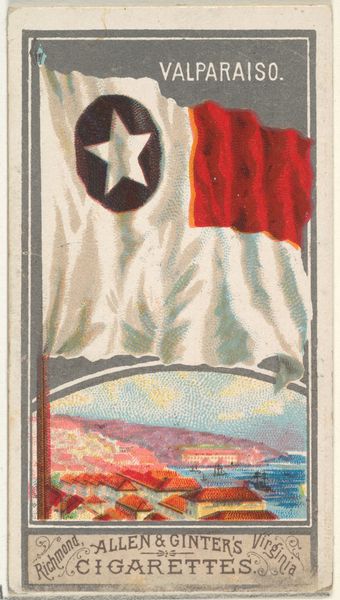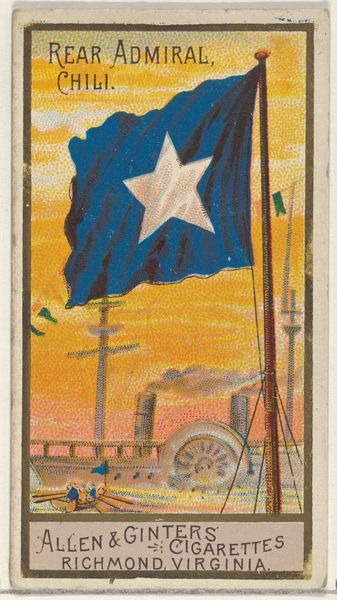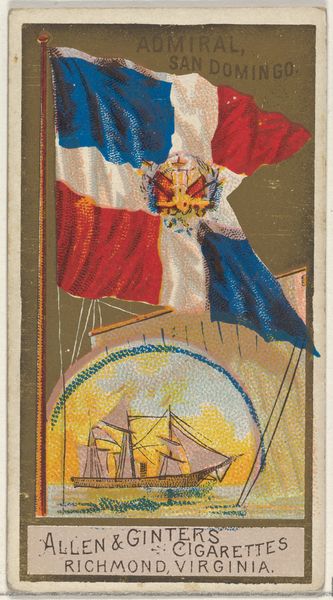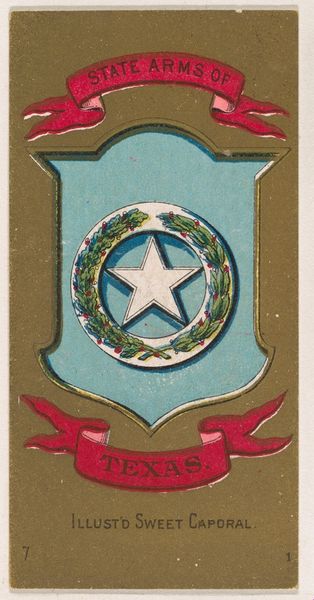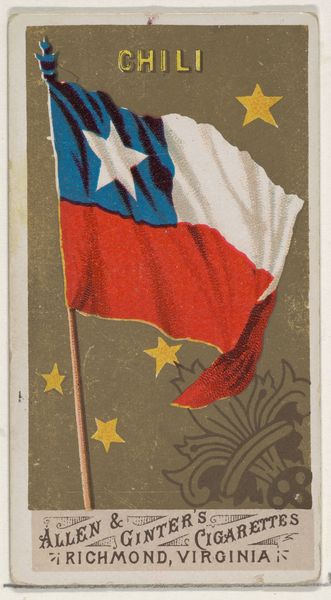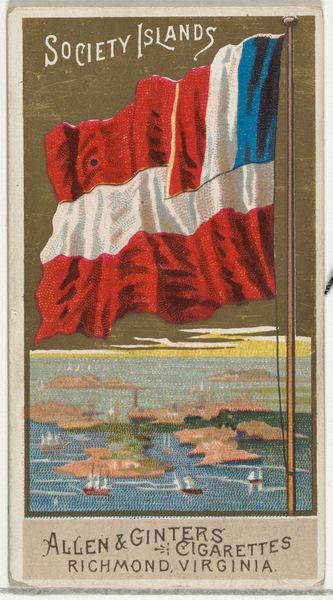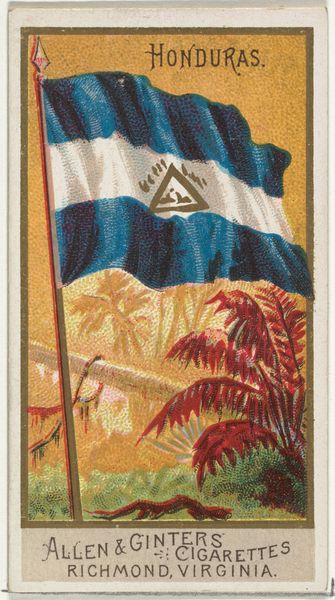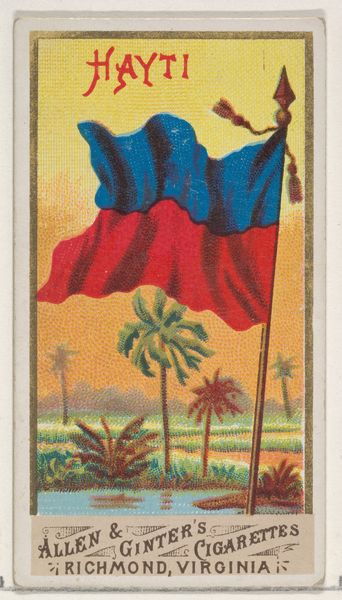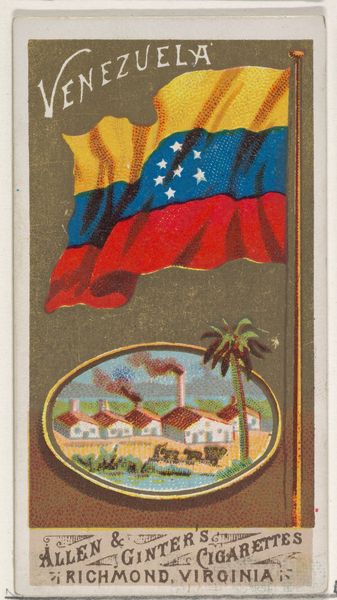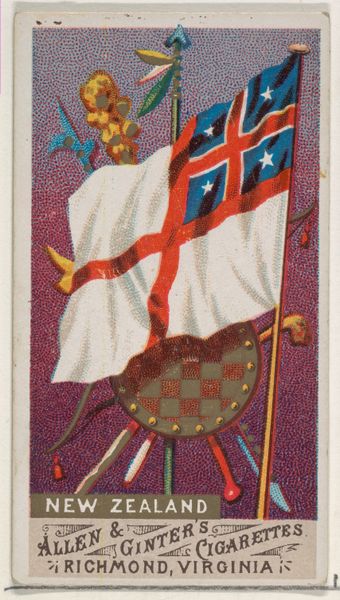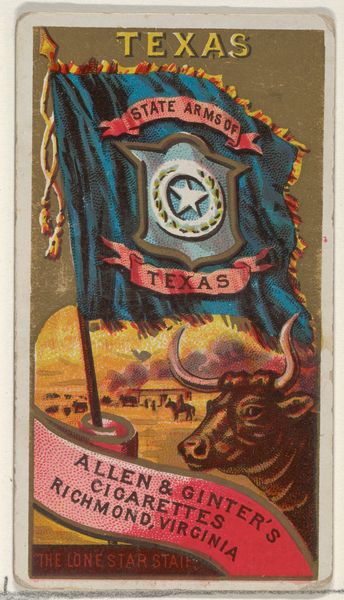
J. M. Balmaceda, President of Chili, from the Rulers, Flags, and Coats of Arms series (N126-2) issued by W. Duke, Sons & Co. 1888
0:00
0:00
drawing, graphic-art, coloured-pencil, print
#
portrait
#
drawing
#
graphic-art
#
coloured-pencil
# print
#
coloured pencil
Dimensions: Sheet: 2 3/4 × 4 1/4 in. (7 × 10.8 cm) Sheet (folded): 2 3/4 × 1 7/16 in. (7 × 3.6 cm)
Copyright: Public Domain
This small card depicting J.M. Balmaceda, President of Chili, was produced around 1870 by W. Duke, Sons & Co. as part of a series of rulers, flags, and coats of arms. What strikes me is the nature of its production. The image comes from a commercial manufacturer of tobacco products, and this tells us something about the cultural associations of nationhood at the time. The company’s advertising slogan, that it was the largest cigarette manufacturer in the world, suggests the global reach of capitalist enterprise and its connection to political power. Indeed, Balmaceda’s presidency was a period of both economic growth and increasing social inequality in Chile, as well as a civil war in 1891. Understanding the relationship between visual culture, commerce, and politics requires us to look at a wide range of archival sources. These might include company records, government documents, and journalistic accounts. By studying these materials, we can better understand the social and institutional forces that shape our understanding of art and its place in the world.
Comments
No comments
Be the first to comment and join the conversation on the ultimate creative platform.
